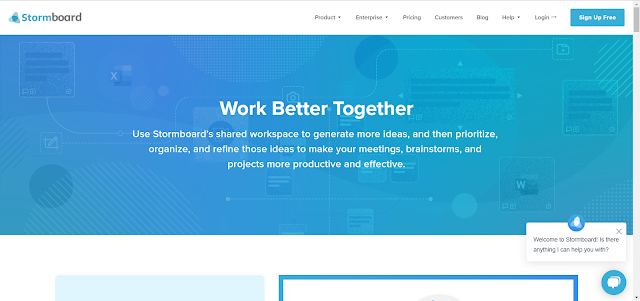Nearpod: real-time help through amazing interactive activities!

Think back to the time when you were a student. What was the most common problem you encountered in the classroom? For me, I really suffered from sitting at the back of the classroom sometimes and not being able to see the whiteboard clearly. Occasionally, even if I got the chance to sit in the front of the classroom, I might still be bothered by the reflection spot on the screen or the lack of clarity of the equipment. This is when Nearpod should show up and solve all the problems! Now let's get into the world of Nearpod and experience something new! (Click here to go to the official website of Nearpod.) images on the teacher device (left) and student device (right) 📑 What is Nearpod? Nearpod provides real-time image s on both the teachers' devices and the students' devices, so students can see the lesson slides on their own computers or cellphones rather than staring at the whiteboard in the classroom. T...




